1. Helix Nebula
A newly expanded image of the Helix Nebula (pictured) is one of the ten infrared pictures chosen by scientists to celebrate the thousand days that the Spitzer Space Telescope has been working past its retirement date.
NASA launched Spitzer on August 25, 2003, to peer inside thick dust clouds, obscured galactic cores, and other hidden regions of the cosmos. These unique abilities are thanks to its three instruments that record infrared light, a wavelength invisible to the human eye.
When Spitzer was launched, the space agency gave their $2.2-billion device a life span of five years. In 2008, scientists estimated, the telescope would run out of cryogenic coolant - a fluid required to chill Spitzer to near absolute zero (-460 degrees F/-273 degrees C) - and maintain its "heat vision."
Even after the last coolant had boiled away on May 15, 2009, however, one camera was left functioning: the Infrared Array Camera, whose team selected the ten images shown here. The device takes infrared snapshots of space, including this view of the Helix Nebula, located some 650 light-years away. (See more nebulae pictures.)
"The infrared light [in the nebula] is essentially heat coming from warm dust and gas," said Joseph Hora of Harvard University, a member of the Spitzer team.
"The benefit is you can see through normally dark clouds of gas. Here you can see greenish cometary knots in the shell."
— Dave Mosher
2. Mountains of Creation
An infrared photograph of the star-forming region W5, aka the Mountains of Creation (pictured), was taken before Spitzer's coolant ran out.
Colossal clouds of gas and dust (such as the "Mountains of Creation," pictured) often keep stellar embryos from view. But Spitzer can image normally invisible structures. Astronomers then assign a rainbow of false colour to the data.
For instance, blue represents an infrared wavelength linked to active stars. Red is keyed to wavelengths associated with dust grains made of organic molecules.
"Stars were not all formed when the universe was formed. They continue to be created and born," said Howard Smith of Harvard University, a Spitzer team member.
"With Spitzer we can watch that process, even though it happens inside opaque clouds."
3. Cosmic Tornado
This strange "cosmic tornado" - called Herbig-Haro 49/50 - is actually a high-speed outflow of gas belched by a still forming star (not pictured).
When the gas collides with other gas clouds at about 360,000 miles (580 kilometres) an hour, it forms shock waves that emit a diffuse infrared glow.
"Outflows of material are standard features in young stars. To our best knowledge, that's connected to what we see here," Hora said, noting it's uncertain whether the star with a pink-blue disc (pictured at the bottom of the cloud) is involved.
"This image strains the limits of Spitzer's resolving power, but you would see almost nothing in this image if it was in optical light."
4. Milky Way Map
In this infrared map based on Spitzer data, the Milky Way, seen edge-on, is broken into strips, collectively showing one-third of our home galaxy.
Astronomers hope to release the full Milky Way map sometime in 2012.
"We've learned a lot about the structure of the galaxy through its star distribution, which is the faint blue glow," Hora said.
"We can see clearly through all of the dust, get an accurate count of stars, see how the disc of the galaxy is warped, and see structures like the bar towards the Milky Way's centre."
(See blog post: "Our Milky Way Galaxy Is as White as, Well, Milk.")
5. Orion Nebula
When Spitzer ran out of coolant in May 2009, Smith, Hora, and other team members tested what their telescope could still do.
One of their first targets was the familiar Orion Nebula (pictured). Their results demonstrated a new trick for Spitzer: taking pictures of the same spots over and over to see what's changed.
"It's a good way to find young stars, because they typically vary 30 percent or more in light over short periods of time," Hora said.
Another surprise use? Exoplanet detection. "You basically look at a single star and watch it dim as planets pass in front of the star," Smith said.
6. See-Through Sombrero
At visible wavelengths, the Sombrero galaxy is a fuzzy white ball encircled by a black-rimmed ring of dust. Yet in infrared (pictured), the dust glows with splendour.
This image, taken before Spitzer ran out of coolant, is actually a composite - a Spitzer picture combined with a 2003 Hubble Space Telescope image.
"The origin of extra [pink] material in the thin ring is still not known, but the galaxy may have ingested a bit of gas or collided with another galaxy at some point," Hora said.
7. Cygnus Constellation
This close-up of the Cygnus constellation was the very first picture taken after Spitzer ran out of coolant in 2009.
"We built up a mosaic of images to confirm the camera was operating the way we expected, and it gave us a hint that we could definitely continue doing science," Hora said.
Three years later, NASA is considering funding Spitzer's operation through 2015.
8. Whirlpool Galaxy
This four-colour view of the Whirlpool Galaxy was taken before Spitzer ran out of coolant.
Combined with a visible-light photo taken by the Kitt Peak National Observatory, the picture highlights that the drastically different galaxies are merging.
"In visible light, that's not quite apparent. The infrared really shows it, though, as a red galaxy and a blue galaxy," Smith said, noting that studying such galaxy collisions was a primary goal of Spitzer.
9. Trifid Nebula
One of the more striking objects in the visible-light sky is the Trifid Nebula (pictured).
Stars forming in the region are normally partially obscured by dark streams of gas and dust, but Spitzer's infrared-seeing sensors highlight the relatively warm material.
"Trifid has these invisible star lanes that divide it up into sections, but in infrared you can see them radiating," Smith said. "That gives us the ability to diagnose what these dark materials are made of."
10. Ancient Galaxies
Spitzer is widely known for its see-through views of nebulae, the Milky Way, and nearby galaxies, but it was also designed to peer back in time-possible because of the time it takes light to travel from distant objects to reach Earth.
Over the years Spitzer has built up maps of the distant and early universe. In this wide-field survey taken by Spitzer (pictured), galaxies appear as they did 11 billion years ago.
"The universe is 13.7 billion years old, so we're able to look back in time at infrared signatures of early galaxies," Smith said.
"We can see how galaxies have evolved over billions of years and led to next generations, like the Milky Way. We can ask, How did galaxy evolution lead to, or inhibit, life in the universe?"
Top image: Thor's Helmet nebula (left) and Lagoon nebula (right).

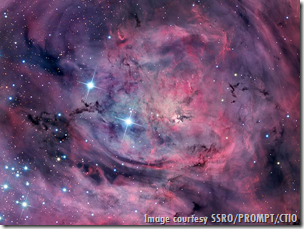
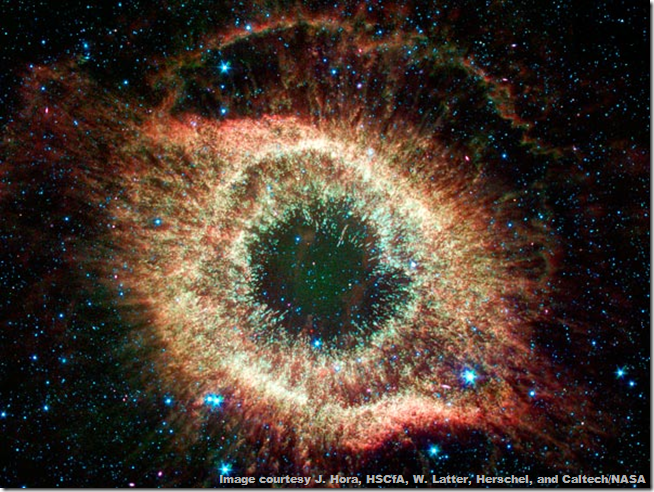
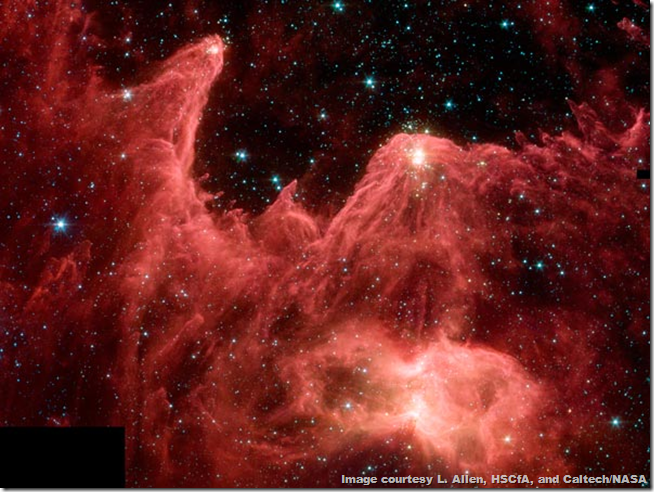
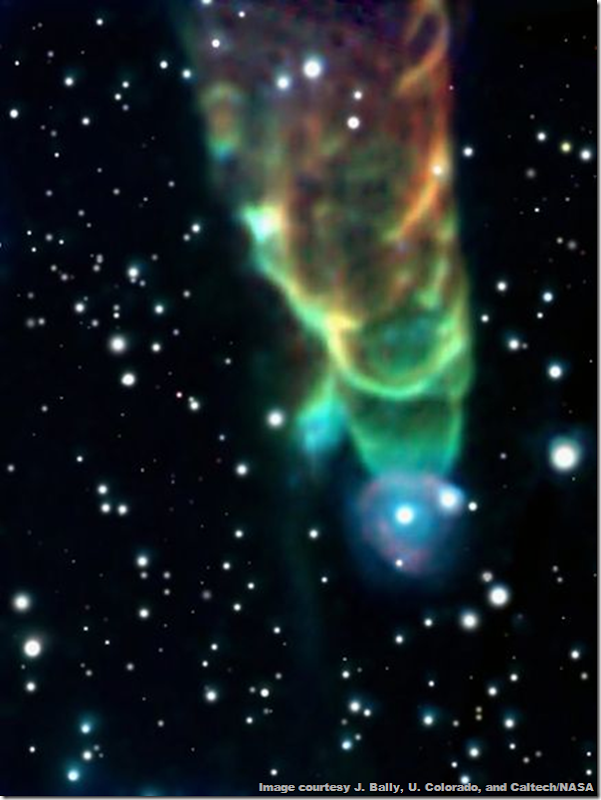
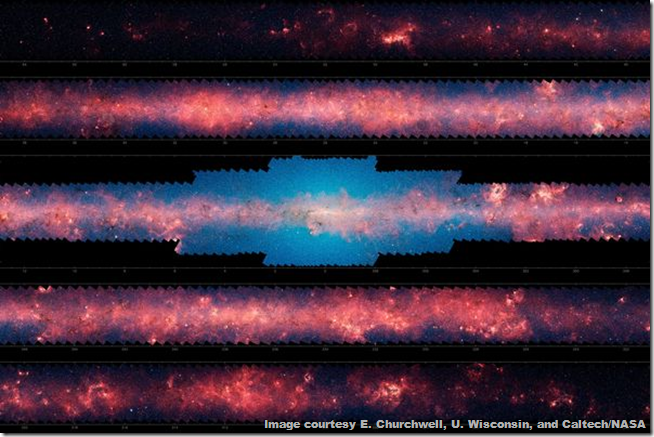
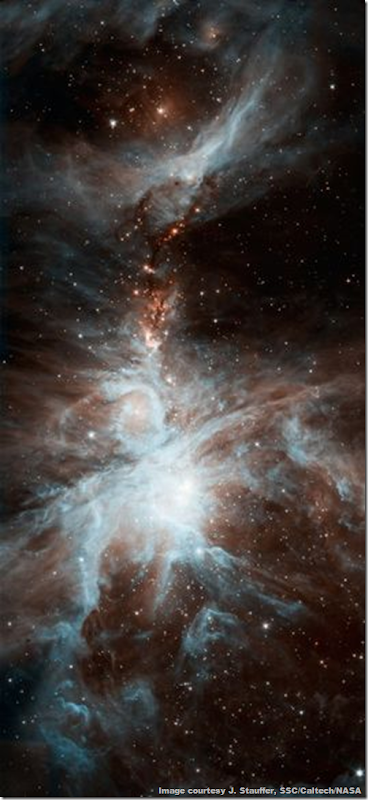
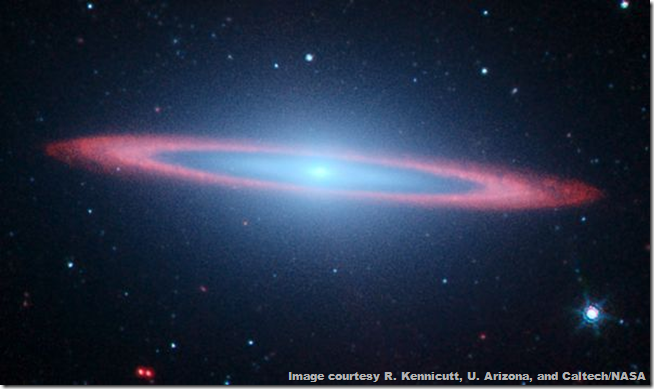
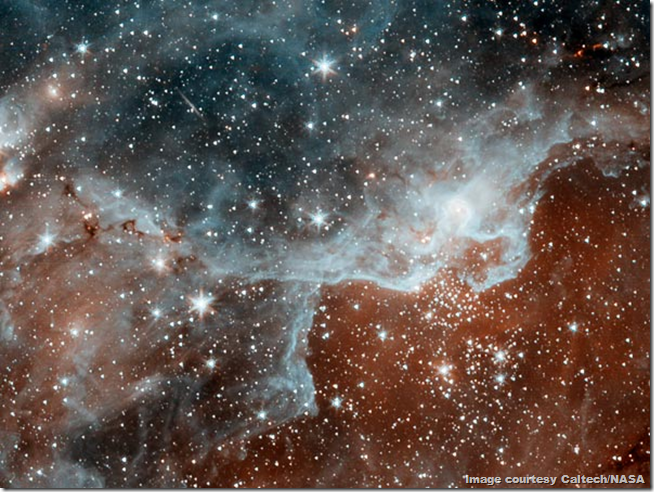
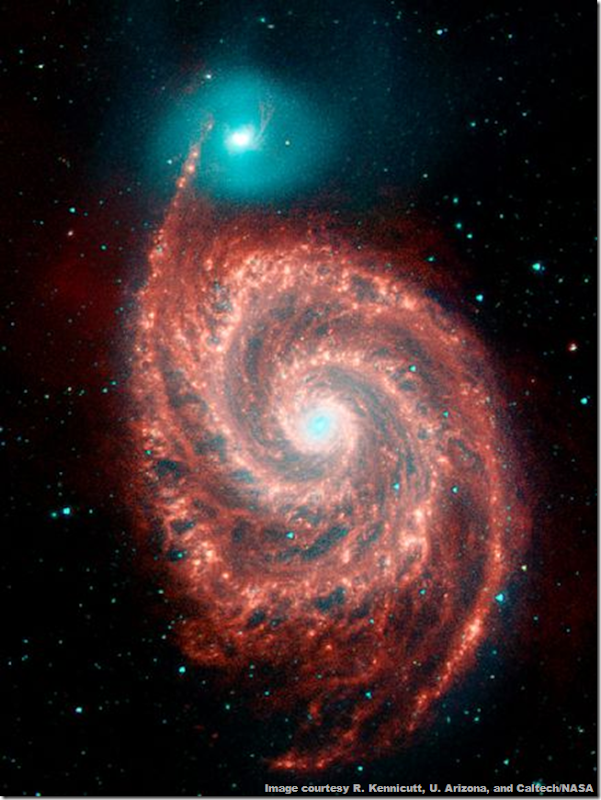
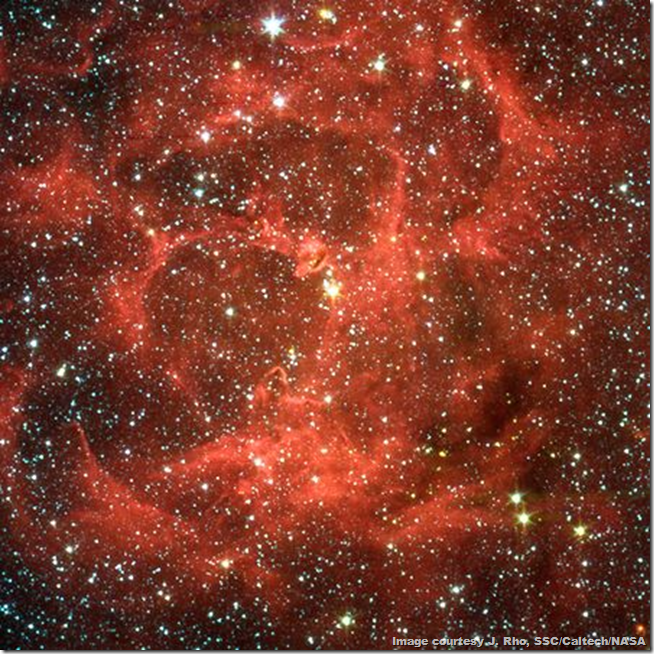

No comments:
Post a Comment
Please adhere to proper blog etiquette when posting your comments. This blog owner will exercise his absolution discretion in allowing or rejecting any comments that are deemed seditious, defamatory, libelous, racist, vulgar, insulting, and other remarks that exhibit similar characteristics. If you insist on using anonymous comments, please write your name or other IDs at the end of your message.